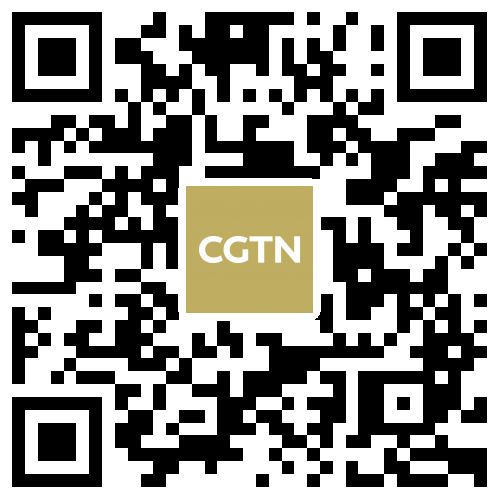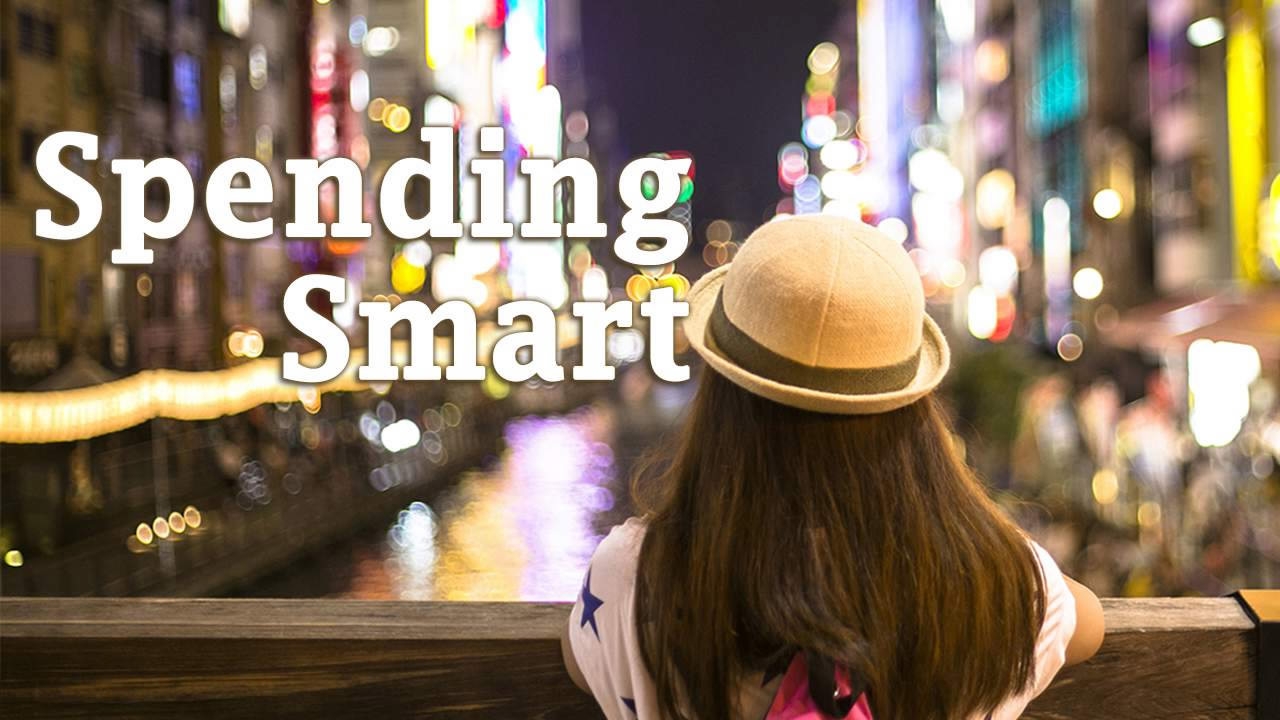
Business
17:47, 21-Feb-2018
Spending Smart: Chinese visitors seek cultural experiences in Japan
By CGTN’s Steve Ross

Chinese visitors to Japan are moving away from what the Japanese have termed "explosive buying sprees" toward calmer, cultural experiences.
According to data released by the Japanese Tourism Agency, tourist spending in Japan surged to a record 4.4 trillion yen (around 40.8 billion US dollars) in 2017, with China being the biggest customer. Consumption by free-spending Chinese visitors rose 15 percent to 1.7 trillion yen (about 15.7 billion US dollars), more than a third of the total, and the number of Chinese travelers visiting Japan last year rose by 15 percent to over seven million.
But Chinese tourists to Japan's bustling hot-spots frequently find that they need to take a break. Instead of "explosive shopping", some are now turning to calmer alternatives with so-called "experiential tourism".
Chinese visitors are interested in traditional things or events happening on a particular day and place, and Chinese tourists are becoming more sophisticated, according to Japanese Author Kei Nakajima, who just published a book titled "Why Wealthy Chinese Love Japan's Traditional Established Businesses - 54 Tips on China Inbound Tourism."

VCG Photo
VCG Photo
“They want to do or make something special that's available only in Japan; for example, Japanese tea ceremony or flower arrangement,” Nakajima added.
The Shizu-Kokoro Chado School is just a few minutes' walk from Tokyo's tourist magnet, Asakusa temple town. And Chinese tourists are learning about "the way of tea" from first degree tea ceremony instructor Mika Soka Haneishi here.
“People will think a tea ceremony is about drinking mocha tea. Yes, it is. But that's actually [the] objective. And [the] subject would be to connect with nature, and connect with people. And I tell them, tea ceremonies in Japan are more about spirit, like a spiritual discipline. And they're really surprised but also, they really enjoyed it,” Haneishi said.
See other stories in the series in below:

SITEMAP
Copyright © 2018 CGTN. Beijing ICP prepared NO.16065310-3
Copyright © 2018 CGTN. Beijing ICP prepared NO.16065310-3